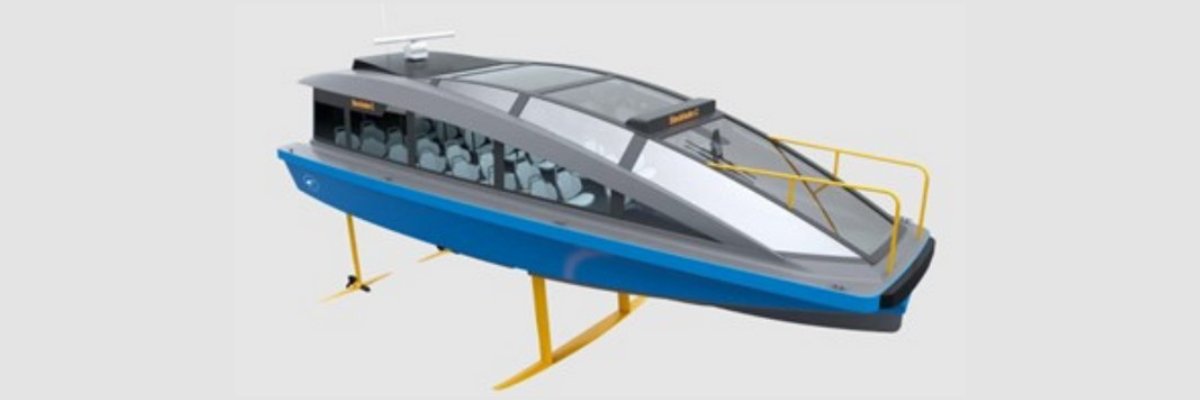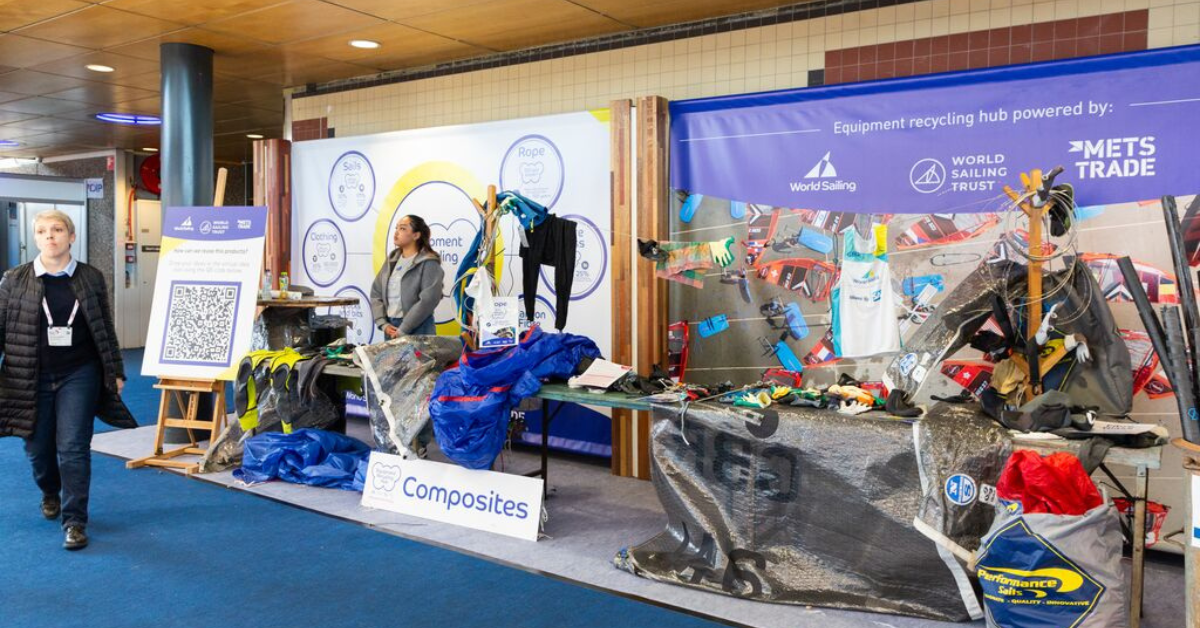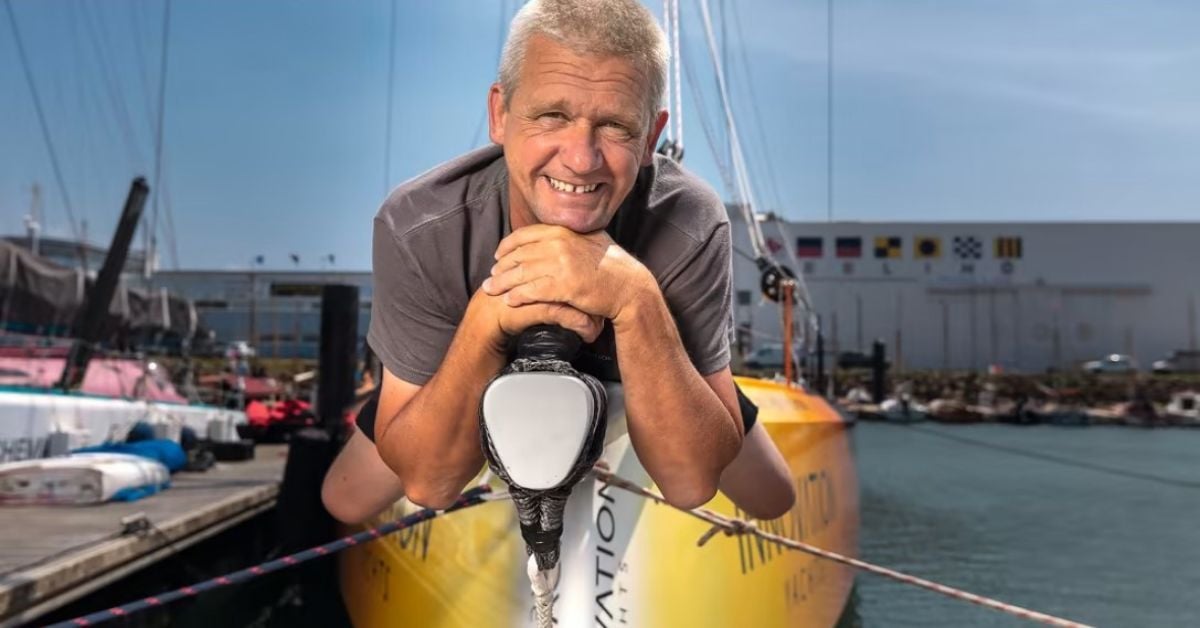
Hydrofoils that lift a boat out of the water largely solve the speed and range problems that come with electric propulsion. Controlling the vessel height above the water is crucial. The danger of crashing back into the water at high speed needs to be eliminated. Yacht designers, suppliers and scientists are studying the hydrofoil to provide clear safety boundaries.
Anyone who has ever towed a boat through water has experienced the resistance of a hull in the water, resistance that exponentially increases with acceleration. On waves, the resistance – mostly referred to as drag – varies a lot. Waves lift sections of the hull out of the water whereas other sections are submerged deeper. When the towing is done by another boat, the towing line gets slack and tightened again with a brisk pull. All of this force, experienced at the towing line, would have to be generated by the engine when the boat would not need towing. While towing is mostly done at low speed, the force can be considerable. Because water is close to 1000 times more dense than air, propulsion force for high speeds is a multitude of the force experienced at low speed.
Drag eliminated
When a boat moves on hydrofoils, all of this resistance is overcome. What remains is the drag of the much smaller and more streamlined wings under water that carry the weight of the boat. When the hull is lifted high enough above the water, waves have no more influence and the ride over water becomes smooth, without swinging or bumping over the waves like a traditional passagemaking or planing hull.
Far and Fast
Physics as briefly explained above, clearly show why hydrofoils offer a holy grail for efficient use of propulsion power, range extension, high speeds and even comfort all at the same time. With the introduction of electric propulsion on boats, great need for range and speed enhancement was experienced by boat builders, as battery technology and weight strongly limited electric boat performance. Today, the fastest boats are electrically driven. The foiling catamaran Chase Zero that is being developed by Australian yacht builder McConaghy is designed as a chase boat during the America’s Cup races in 2024, can reach speeds up to 50 knots. The only boats to ever exceed such speeds are big racing motorboats, that can not take 8 race officials in comfort. Candela in Sweden is constructing their P-30 public transport ferry to take 30 passengers in this electrically propelled foiling ferry at operating speeds of 25 knots. The gain is clear: low energy demand at high speeds, enabling batteries to perform for long periods.
Hydrofoil database
High speeds crashes from foils into the water, with abrupt deceleration, are no acceptable risk in these vessels. “The risk of instant loss of lifting power from foils is always there with hydrofoils,” says Luigi Francesco Minerva, project manager at maritime research institute MARIN. “Cavitation and ventilation are phenomena that occur when profiles like propeller blades or wing-shaped foils move through water at high speed. For safe foiling, it is crucial to define the boundaries in which a hydrofoil can be used safely.” Minerva leads a Joint Industry Project that investigates the performance of different types of hydrofoils, first in stable conditions as a reference point and then in unstable conditions, counteracting waves, current, changing speeds. “The goal of our project is to create a database with performance characteristics of different shapes and types of hydrofoils,” Minerva explains. “Using this knowledge, a yacht designer can choose a foil type as a starting point and from there, develop the shape of it further to the requirements of the specific vessel that the foil is meant for.”
Vapor & Air
As the researcher pointed out, cavitation and ventilation are phenomena that are hard to predict. Cavitation occurs when a profile moves at such speed through water, that at the low-pressure side of the profile the pressure drops to below the point of evaporation of water. In the low pressure, steam is brought forth. This is above the hydrofoil, at the point that generates lift. Not a solid flow of water is now in the place that should create lift, but vapor. The lift will drastically diminish and the boat on its foils will collapse into the water. Ventilation is when the low pressure area around the foil sees air flowing in. Especially with surface piercing foils (V-shaped or curved foils), the risk of ventilation is considerable.
Submerged
“Height control is needed to reduce the risk of cavitation and ventilation,” Minerva explains. “The surrounding static water pressure around a hydrofoil is lower near the surface, so the drop in pressure of the flow caused by the profile will sooner cause cavitation or ventilation near the surface.”
Regulation
Different methods of height control are applied. Surface piercing foils, also described as V-foils or J-foils, have a lot of lift generating profile in the water at low speeds. When the vessel accelerates, lift increases and the profile rises above the water partially. With every increase of speed, also lift from the hydrofoil increases and less surface of the foil will be in the water, thereby reducing the lifting capacity. In this simple way, the surface piercing hydrofoil regulates height above the water. Surface piercing hydrofoils cause bigger drag in the water when the vessel is not at speed and have a greater risk for ventilation. This can be reduced by making the profile sleeker at the ends of the foil, at the cost of slow speed lifting power. T-foils are more efficient. They provide lift from a smaller submerged surface. In most designs, T-foils are often deeply submerged, benefiting from a solid flow of water. To control height, a flap is needed like on an airplane wing. This flap can be controlled mechanically by having a floater under the bow of the boat, attached to the flap at the end of the foil. Other methods are with sensors measuring the height above water and from there controlling the flap manual (like in the America’s Cup racing yachts) or electronically. A third method is to have sensors measuring the distance from the foil to the water surface and controlling the flap electronically with that data. High speed foilers like the Chase Zero and the P-30 nowadays often use a multitude of sensors coupled to an automated flap drive. These ‘flight control’ systems are based on systems developed for airplanes.
Validated
A multitude of small electric-drive hydrofoil motor boats is already being built at yards around the world. Chase Zero and P-30 exceed 40 foot in length. The MARIN research project and aims to create a database to determine safe boundaries for different types of hydrofoils at different conditions, and to enable hydrofoil design progression. The research project ‘Lift Control for Hydrofoil Craft’ at the Delft Technical University also investigates the effects of cavitation and ventilation to determine advisable depth of the foils from the water surface at given speeds and vessel particulars. The goal of this research is to develop a new and validated hydrofoil concepts with active lift and height control.
Tranquil
This may pave the way for larger yachts to start flying on foils. The risks of having large appendages under the boat, that can easily get damaged when grounding, sharp appendages that harm life in the water and that can collect vast amounts of weed underway, need to be assessed. The extra maintenance of moving parts under water needs consideration. Weight is the everlasting enemy of foiling. Even though hydrofoils have been used on navy vessels and are continuously applied on fast ferries, these disadvantages are not solved for the tranquil use of motor yachts. University and Research Institute studies will help improve safety of the foiling ride. Other issues remain unsolved. Observing nautical trends, it seems plausible to expect larger foiling yachts in the near future.


